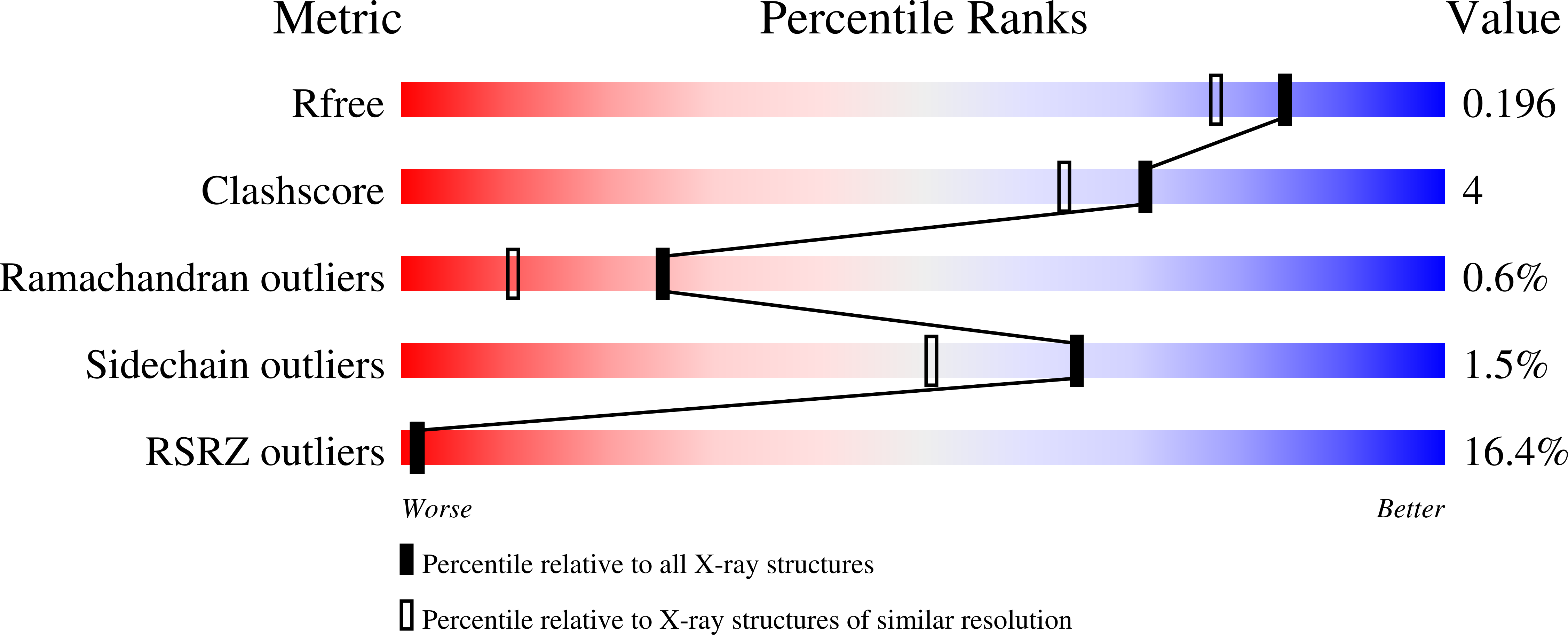
Deposition Date
2006-01-28
Release Date
2006-03-14
Last Version Date
2024-10-30
Method Details:
Experimental Method:
Resolution:
1.70 Å
R-Value Free:
0.23
R-Value Work:
0.20
R-Value Observed:
0.20
Space Group:
P 21 21 21


